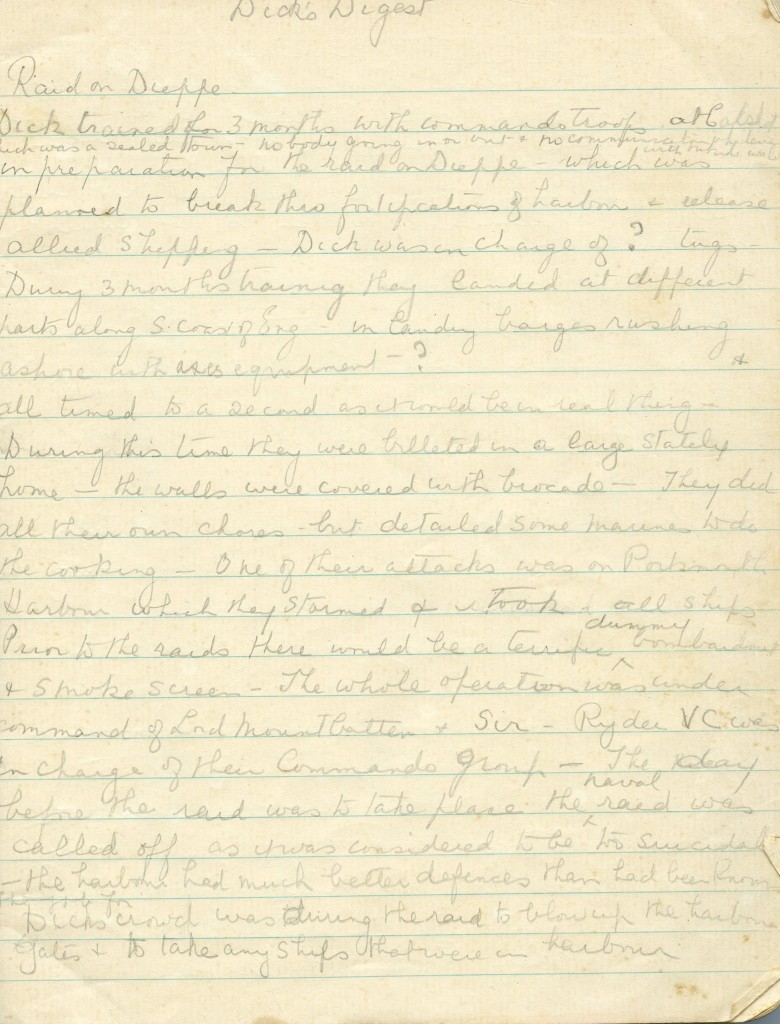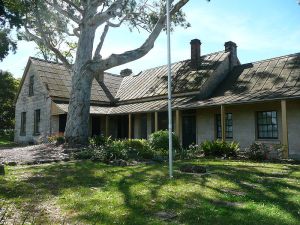I’ve been in eighteenth century Northumberland visiting all the families in the Coquet River valley! Time travel courtesy of the handwritten Allenton (Alwinton) parish registers. They were so interesting I read through the lot. It took a few days on the microfilm readers at HAGSOC (my local genealogical society). You can see the recurring combination of family names and farm names, recognise each separate family and farm despite name and spelling variations and enjoy (as tis said), ye arcane terminology, appreciate the Minister who adds little extra details to the record, feel sad as his writing becomes shaky and the next burial is his own.
I’m afraid the Bygate Hall myth is totally blown. Jack Forster was apparently a bit of an old romantic! The Forsters never owned Bygate (or Byegate) Hall! From the parish registers it is obvious that numerous families lived at Bye-Gate-Hall at any given time. Also, going by this quote from a contemporary account (citation below*), it usually had absentee landlords:
Bygate Hall, Makendon, Loungesknow, and Sirdhope, all fine sheep-lands, were sold in 1792 for £16,000 by the late Matthew Bell, Esq. of Wolsington, to the late John Carr, Esq. of Dunston, in the county of Durham.
Jack’s map helps you work out what’s where in the valley:
https://taggerty.files.wordpress.com/2011/05/map-of-r-coquet-with-bygate-hall-from-jack-f-1962.jpg
Anyway, Back to the parish register. No Forsters at all are mentioned in it until 1727 when one or two marry into the district, including William Forster of Rothbury Parish who married Mary Taylor of “Make a dean”, presumably Makendon, a farm on the Coquet even more remote than Bygate Hall, right up on the Scottish border. These two are the probable parents of our Luke Forster. We know our Luke was probably born in 1741 because of the age given in his later death entry shown below. William Forster had two sons, Mark, born at Peels in 1738 and Luke born at nearby Harbottle in 1741. Both boys are among the “births of protestant dissenters” in the register. Just a year after Luke’s birth, his father William Forster of Harbottle is listed among the burials. I wonder if his widow is the Mary Forster of Harbottle who two years later in 1744 married James Stevenson also of Harbottle? It must have been hard raising children as a widow.
In 1773 Luke marries Mary Stokoe. Here’s the entry for both the banns (where the Minister misspelled her name “Stoker” and where we see that both are living and presumably working at Bygate Hall before their marriage) and the marriage entry with both their signatures.

Alwinton Parish Register entry for banns and marriage of Luke Forster and Mary Stokoe both of Bygate Hall, 1773
As they were probably both servants, this is how Luke and Mary could well have dressed in their early adulthood:
-

-
Mary Stokoe probably dressed much like this at the time of her marriage in 1773
-

-
Luke Forster could have looked something like this while working at Bygate Hall.
Below is the much later 1806 death entry for Luke Forster, “labourer” who died while working at another farm, Sheep Banks. At this period the death entries are really informative and it runs across two pages of the register.

Alwinton Parish register page with entries for deaths of Luke Forster in 1806, and also his son-in-law William Wilson in 1807 – page 1 of 2

Alwinton parish register entries for deaths of Luke Forster 1806, and his son-in-law William Wilson in 1807 page 2 of 2
The birth of Luke and Mary’s son Mark Forster isn’t in the Alwinton register but that of “The Scotch Congregation at Harbottle”, and we know he also had an older sister Elizabeth born 1778. I wonder if I can get the Harbottle register? Here’s a sad footnote to the story of the Forsters at Bygate Hall:

Death of baby Elizabeth Forster, daughter of Luke Forster at Bygate Hall 1776. Image from Alwinton parish register.
No baptism seems to be recorded for this child who died in 1776 so perhaps this first Elizabeth was stillborn. At this period, age at death was not being recorded in the register. The name of her mother must be an error. There will only have been one Luke Forster fathering children at Bygate Hall at the time and his wife’s name was Mary nee Stokoe.
At some stage between the birth of their son Mark in 1782 and Luke’s death in 1806 Luke and Mary left Bygate Hall and went to work elsewhere in the Parish. They may have been at Bygate Hall for as little as ten years. Son Mark went all the way up to Paxton in Scotland to be married to Margaret Wilson in 1801 though she was probably a neighbour. I wonder if that was to do with them being Presbyterians or to do with the marriage laws being different up there at the time? There were many other Alwinton entries relevant to our family, especially to the Wilsons, who seem to have been in the district well before and well after the Forsters. After their marriage Mark and Margaret went to Rothbury to set up home and business, but that’s another story.
*Historical, Topographical, and Descriptive View of the County of Northumberland, and of those Parts of the County of Durham situated North of the River Tyne, with Berwick Upon Tweed, and brief notices of celebrated places on the Scottish Border. Mackenzie, E. 2nd Ed. 1825. Full-text online via google.
Parish registers on microfilm obtainable from LDS via genealogical societies.
Read Full Post »



















